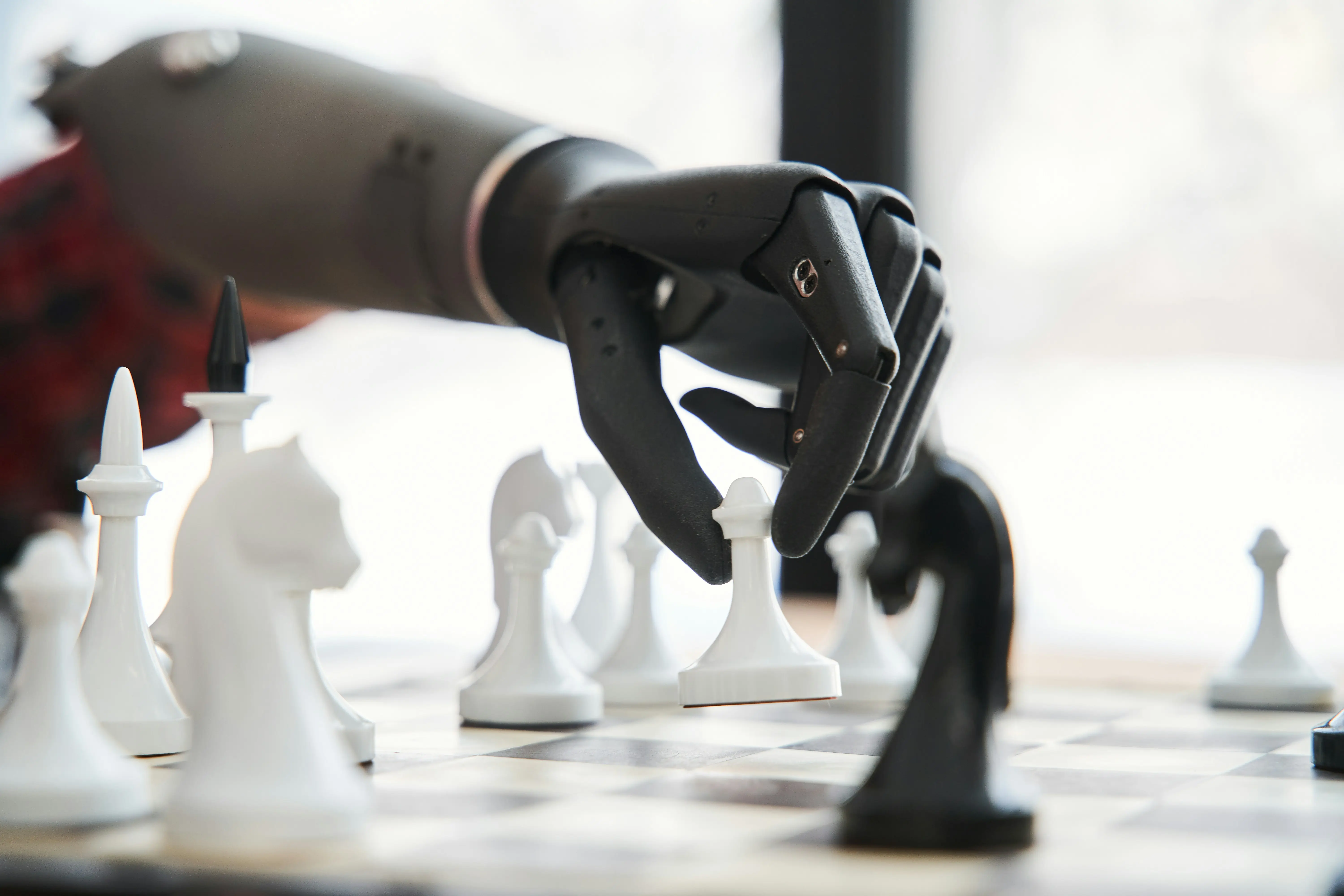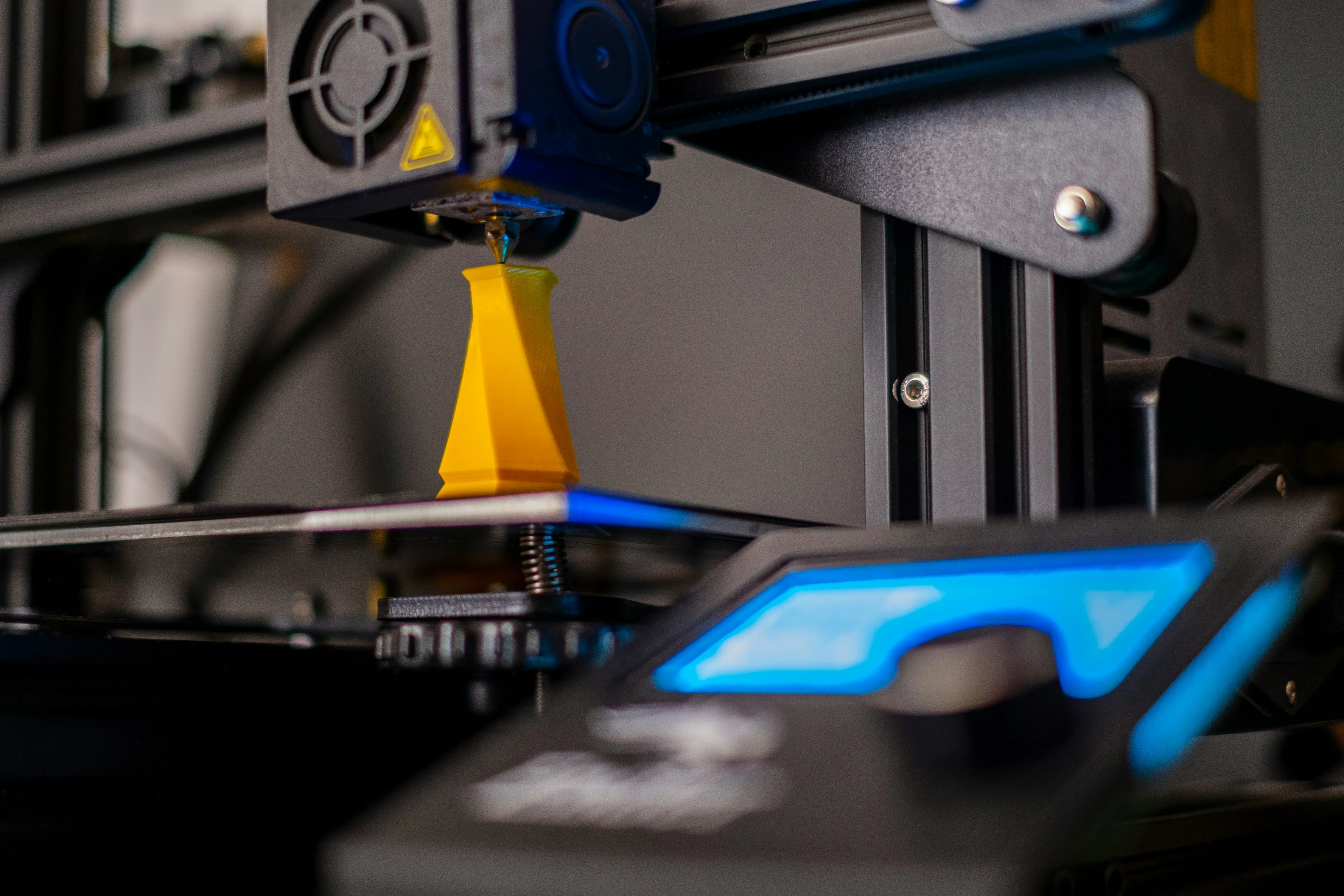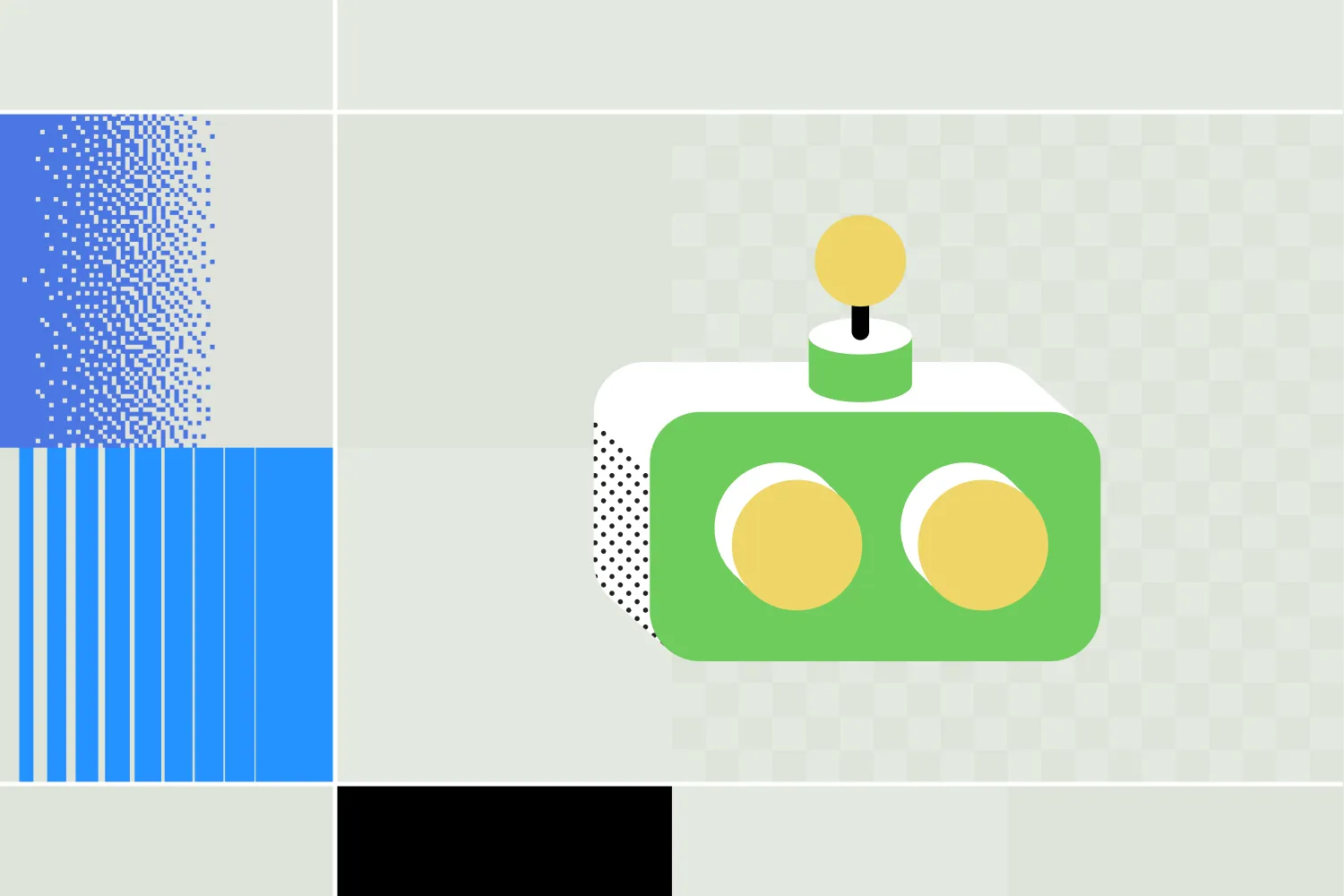- AI 智能體從僅根據當前輸入做出反應的簡單反射系統,到能夠規劃、學習並協調各種領域複雜任務的高階智能體,類型多元。
- 簡單反射型智能體只根據當下條件行動,而基於模型的反射型智能體則透過內部模型追蹤並預測環境變化,提升決策能力。
- 多智能體系統包含多個 AI 智能體協作或競爭,能應用於如自駕車協同行駛、或複雜供應鏈管理等高階場景。
近年來 AI 智能體發展迅速。隨著技術日益複雜,現在已經有各種不同類型的 AI 智能體。
AI 智能體是一種執行任務的軟體。與一般聊天機器人不同,它能代表使用者採取行動。
AI 智能體的應用範圍很廣,從智慧溫度計、自駕車,到具備聊天介面的智能體都有。這些案例都屬於七大主要 AI 智能體類型之一。 本文將介紹 7 種主要 AI 智能體類型,並分享一些實際應用範例。
1. 簡單反射型智能體
簡單反射型智能體是一種只根據當前環境輸入做出決策的 AI 系統。
它會使用一組條件-動作規則,將觀察到的輸入對應到特定回應。當它偵測到某種狀態時,就會執行對應的規則。
它沒有記憶或內部世界模型——因此只能在完全可觀察的環境下有效運作,每次決策都只能依賴當下輸入。
簡單反射型智能體範例
- 溫度過低時會自動開啟暖氣的恆溫器
- 撞到牆壁就會轉彎的機器人(像是上面有貓的 Roomba)
- 一個基礎的聊天機器人,當使用者說「Hi」時會回覆「Hello!」
.webp)
2. 基於模型的反射型智能體
基於模型的反射型智能體是一種同時根據當前輸入與內部世界模型做決策的 AI 智能體。
與簡單反射型不同,這類智能體會隨時間追蹤環境狀態。它利用模型——也就是儲存的世界運作資訊——在環境無法完全觀察時補足資訊。
每當收到新輸入時,它會更新內部狀態,參考條件-動作規則,並根據當前感知與過去經驗選擇最佳回應。
基於模型的反射型智能體範例
- 能記住房間格局並避開已清掃區域的掃地機器人
- 能在對話中記錄過往使用者輸入的LLM 智能體
- 遊戲 AI 不僅根據當下觀察,還會根據比賽早期獲得的資訊做出反應

3. 學習型智能體
學習型智能體是一種能從經驗中學習、隨時間提升表現的 AI 智能體。
它包含四個主要組件:學習元件、執行元件、評估者,以及問題產生器。
執行元件負責選擇行動,學習元件則根據回饋調整行為。評估者依據預設標準評估行動結果,問題產生器則建議新行動以促進學習。
這種架構讓智能體能適應變化、優化策略,即使在陌生環境下也能有效運作。
學習型智能體範例
- 會根據市場表現調整交易策略的加密貨幣 AI 智能體
- 能根據用戶行為不斷優化推薦的推薦引擎
- 從病患互動中學習、提升分診準確率的醫療聊天機器人

4. 效用型智能體
效用型智能體是一種根據預期能帶來最高整體價值(效用)的結果來選擇行動的 AI 智能體。
這類智能體不僅僅追求達成目標,還會評估不同可能結果,選擇能最大化預設效用函數的方案。
因此,它能處理達成目標方式多元或需要權衡的情境。這需要比較選項、預測後果,並根據偏好或優先順序排序結果。
效用型智能體範例
- 會根據成交機率優先處理潛在客戶的銷售聊天機器人
- 平衡風險與報酬、以最大化長期收益為目標的股票交易機器人
- 能排定會議以減少衝突、提升便利性的商務聊天機器人
5. 階層型智能體
階層型智能體是一種將決策過程分為多層級,高層負責抽象目標,低層則處理具體行動的 AI 智能體。
這類智能體將複雜任務拆解成較小子任務,每個層級負責不同範圍的決策。
高層可能規劃長期策略,低層則處理即時感測資料與即時反應。各層之間會互相溝通,協調整體目標與細節執行。
這種架構有助於管理複雜性,並能根據不同時程或優先順序擴展行為。
階層型智能體範例
- 在製造業中,高層智能體規劃組裝流程,低層則控制機械手臂與時序
- 在智慧工廠,不同層級分別管理生產排程、機台協調與實體操作

6. 目標導向型智能體
目標導向型智能體是一種透過評估哪些行動有助於達成特定目標來做決策的 AI 智能體。
這類智能體會被賦予一個或多個目標——也就是希望達成的結果。它會利用搜尋或規劃演算法探索可能的行動序列,然後選擇最有可能達成目標的方案。
與反射型智能體不同,它不只是被動反應——而是在行動前推理未來後果。這讓它在動態或陌生環境下更具彈性與能力,但也需要更多運算資源。
目標導向型智能體範例
- 會計算最佳路線的導航系統
- 會搜尋能完成拼圖步驟的解謎 AI
- 能規劃一連串動作以順利組裝產品的機械手臂
7. 多智能體系統(MAS)
最後但同樣重要的:多智能體系統。
多智能體系統(MAS)是由多個 AI 智能體組成的系統,這些智能體彼此互動,協作(或有時競爭)以完成個人或共同目標。
系統中的每個智能體都能獨立運作,擁有自己的能力、目標與對環境的感知。
這些智能體會直接透過訊息或間接觀察環境變化來溝通與協調。整個系統能解決單一智能體無法處理的複雜或分散問題。
多智能體系統可根據設計與目標,呈現合作、競爭或兩者混合的型態。
多智能體系統範例
- 自駕車在路口協同避免碰撞
- 一組金融機器人透過AI 工作流程自動化管理發票、詐騙偵測與報表
- 一個供應鏈系統,由不同的智能體負責管理庫存、運輸與需求預測

打造自訂 AI 智能體
建立一個專屬的 AI 智能體並不困難,而且你可以免費完成。
Botpress 提供拖放式視覺化流程編輯器、企業級安全性、豐富的教學資源,以及一個擁有超過 20,000 名機器人開發者的活躍 Discord 社群。
我們可擴充的平台讓你能打造任何自訂聊天機器人並整合各種服務——而我們的 Integration Hub 也提供眾多主流頻道的預建連接器。
立即開始打造,完全免費。
常見問題
AI 智能體有哪七種類型?
這七種類型分別是:簡單反射型智能體、基於模型的反射型智能體、目標導向型智能體、效用導向型智能體、學習型智能體、階層型智能體,以及多智能體系統。
ChatGPT 是 AI 智能體嗎?
是的,ChatGPT 可以被視為一種 AI 智能體——它接收輸入、處理資訊並產生回應,根據部署方式,通常會採用目標或效用導向的方式運作。
什麼是智慧型代理人?它們在數位環境中如何運作?
智慧智能體是在各種數位環境中運作的實體。它們會從周遭環境蒐集資訊、評估當前狀況,並執行行動以達成預設目標。其表現會受到在可觀察環境中所採取外部行動的影響。
人工智慧在代理人功能中扮演什麼角色?
人工智慧賦予智慧智能體學習、推理與適應的能力。智能體運用 AI 來強化知識基礎,使其在各種環境下能做出更精密的決策。
智慧型代理人的知識庫包含哪些內容?
智慧智能體的知識包含對環境的資訊、預設規則,以及對當前情境的基本理解。這些知識構成其決策過程的基礎。
在智慧型代理人的情境下,什麼是執行元件?
智慧代理人的績效要素指的是其在特定環境中達成目標並做出最佳決策的能力。這是決定代理人效率與效果的關鍵組成部分。
代理人可以在階層式結構中運作嗎?
可以,階層式代理人是一種在結構化層級中運作的智慧代理人。高層代理人負責整體決策,低層代理人則處理特定任務。這種階層式結構能讓代理人在複雜環境中更有效率地運作。
智慧型代理人是以有限智慧運作嗎?
是的,許多智慧代理人運作時具有有限的智能,也就是說它們的知識與能力有明確範圍。這種限制有助於讓代理人專注於特定任務與其專長最能發揮的環境。





.webp)

